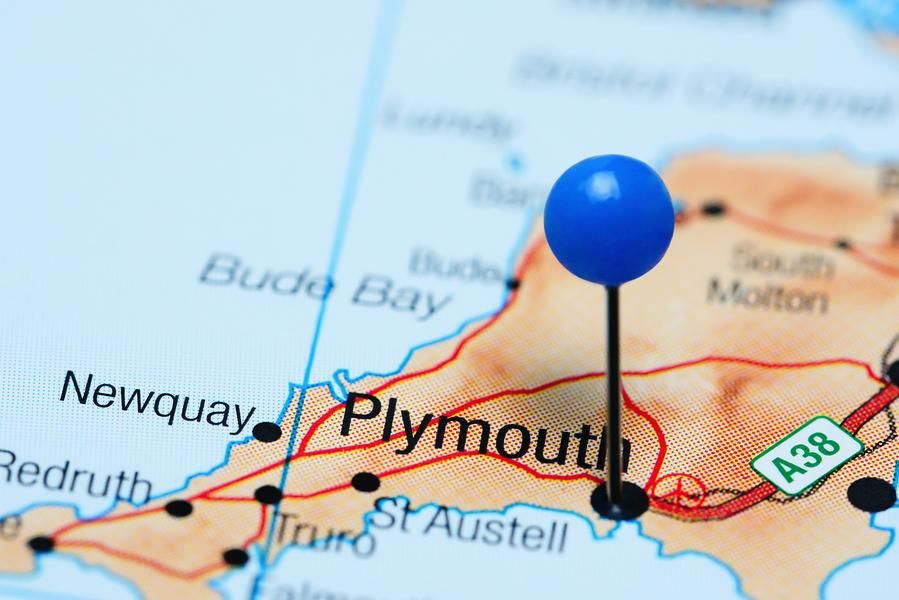Nobody knows when the first fireworks were made, but fireworks were being used in ancient China long before they were known in other parts of the world.
Two important Chinese inventions are used in fireworks - paper and gunpowder. The mixture we call “gunpowder” was used in China to make fireworks long before the invention of guns. It is a mixture of three things that have been known in China from ancient times. The first is charcoal, the black solid formed when wood is heated in a fire. The next is sulphur, found in many parts of the world as a peculiar, crumbly yellow stone. When sulphur is put into a fire, it melts and burns with a blue flame, making a dreadful smell. The ancient Chinese used sulphur as a medicine.
The final thing that goes into gunpowder is saltpetre, a white powdery material that looks just like salt. It is found naturally in the drier parts of China and was used as a medicine and in cooking. Anyone who happened to spill some saltpetre into the fire would have noticed that the hot coals burned very fiercely around the melting saltpetre. Perhaps this gave someone the idea of mixing saltpetre and charcoal together and setting it alight. This mixture, if the proportions are right, burns quickly and throws out glowing sparks. With some sulphur added, the mixture burns even more rapidly, making a lot of smelly smoke. When it is put into a paper tube, or a piece of bamboo, the burning mixture shoots out a jet of fire and sparks.
If the end of the tube is closed up, and the gunpowder is lit through a small hole, the jet of fire shoots out further. If the hole is very small, the tube sometimes bursts with a loud bang.
This discovery would have been very exciting for the ancient Chinese. They liked to make loud noises at festivals and religious ceremonies to scare away evil spirits. Before the invention of gunpowder, sticks of bamboo were thrown into fires to make loud bangs. Gunpowder would have been a great improvement. Perhaps at first it was just put into bamboo tubes and set alight. Even if it did not always make a noise, the smoke and sparks would have helped to keep evil spirits and demons away.
Eventually, someone worked out how to make a fuse out of thin paper and gunpowder twisted into a long string. With this fuse, it became possible to make firecrackers that exploded reliably.
For religious festivals firecrackers were often made out of red paper and the fuses plaited together to make long strings of them. When these were set off, they made a lot of very loud bangs and little bits of red paper were scattered far and wide. Evil spirits were supposed to be frightened of red, so they would be kept away by the scattered pieces of red paper long after the firecrackers had finished. Chinese firecrackers are still used in huge numbers every year in Chinese festivals - and just for fun!
Sometimes a firecracker that has not been made properly does not explode but instead shoots out a jet of fire and flies away in the air or along the ground. This is a very primitive rocket.
The ancient Chinese made rockets by fixing tubes packed with gunpowder to sticks, that kept the rockets pointing in the right direction as they flew through the air. These early rockets were used in festivals and also in warfare as “arrows of flying fire”. They were very effective against soldiers on horseback.
The unknown Chinese inventor who first sent a tube of gunpowder into the sky on the end of a stick would have been very surprised to learn that people would one day travel to the moon with the help of giant rockets.
Another Chinese discovery, still used in modern fireworks, was that powdered iron mixed with gunpowder made beautiful, flower-like sparks. The ancient Chinese did not know about the chemicals needed to make coloured flames and white sparks. Fireworks with these effects were developed in Europe in the last two hundred years.
In recent times, the Chinese have set up large factories to make fireworks for sale all over the world. As well as the traditional Chinese firecrackers, they make a huge variety of fireworks ranging from sparklers and tiny fountains to the colourful star shells used in big fireworks displays.
This is an edited version of an article by John Bennet, editor of Fireworks Magazine and we thank him for his permission to republish it.





